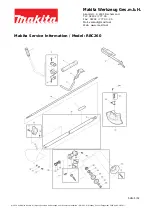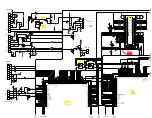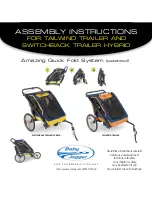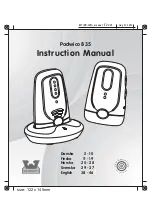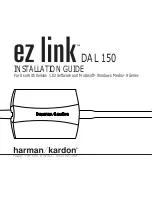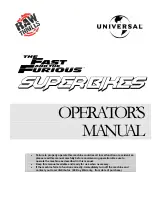
Kidgoo 2019
Subject to change. – 06|2019 –
15
Inserting the wheels
f
Remove the black rubber caps from the ends of the
thru-axles and then dispose of them.
f
Lift the cabin a little bit or place the cabin on its roof in
order to install the wheel easier.
f
Insert one wheel into the cabin’s axle retainer:
–
Hold the wheel so that you can press your thumb onto
the rubber cap on the outside of the wheel hub.
–
Press on the rubber cap and keep it pressed in order to open the push-in axle fastening.
–
Insert the wheel’s push-in axle as far as it will go into the axle retainer.
–
Release the rubber cap to secure the push-in axle.
f
Pull on the wheel to check that the wheel is locked in the axle retainer.
f
Insert the second wheel in the same way.
Danger!
After mounting the wheels, secure the
Kidgoo
whenever you park it so as to prevent it from
rolling away, see
„Applying the parking brake“ on page 21
.
f
Check whether there is sufficient air in the wheels (recommended air pressure: 2.5 – 3.5 bar).
If necessary, use an air pump for car valves to top up with air.
Tightening the backrest
The stable backrest is an important safety element. The belts must always be tight under the seat and
behind a cabin for a good grip.
f
Put the cabin in the upright position and open the cover.
f
Check the tension of the 4 black belts under the seat and
tighten them firmly.
f
Make sure that the side Velcro straps inside the vehicle
are closed, connecting the side seat cushions with the
side wall.
f
Open the cover of the storage space and check the ten-
sion of the 4 straps behind the backrest.
f
Tighten all straps in the rear storage compartment.
Inserting the pennant
Danger!
The pennant must always be mounted in Trailer mode. Otherwise the very low
Kidgoo
is too
easily overseen by other road users.
For safety reasons, we recommend putting the pennant into the pennant pouch so that it is
easily visible before every journey, including in Buggy, Jogger or Walker mode.
Assembly































